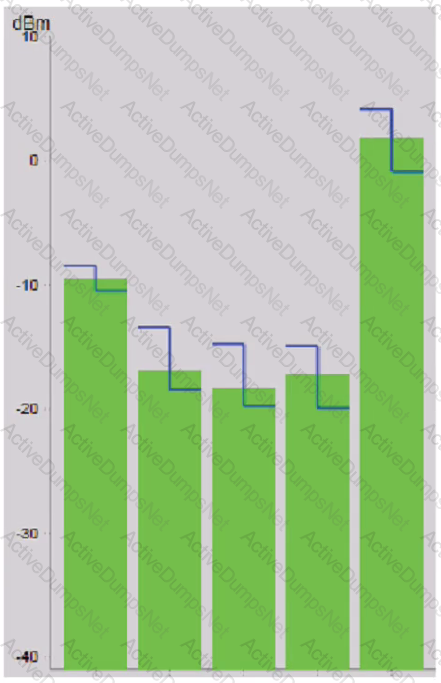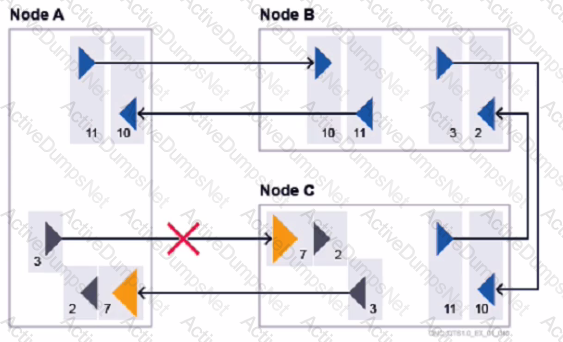Nokia 4A0-265 Nokia Optical Diagnostics and Troubleshooting Exam Exam Practice Test
Nokia Optical Diagnostics and Troubleshooting Exam Questions and Answers
Which of the following statements correctly describes where power adjustments can be performed?
Consider the exhibit. What do the different colored green columns indicate?

Which of the following statements about the "config powermgmt egress 1/2 adjust status command" is TRUE?
Consider the exhibit. A single directional fiber cut is occurring between two amplifiers in unidirectional configuration with Raman pump.
Multiple services are crossing the affected span.
Which node(s) will report an Incoming Payload LOS" alarm?

Which of the following statements about 1-Day PMs is TRUE?
Which of the following statements about optical power vs amplification stages is TRUE?
Which of the following is a passive component in a CDC-F network configuration?
Suppose a channel-related alarm is reported on an 1830 PSS node, and is related to a possible Wave Keys clock source issue. What is the recommended order for the following troubleshooting steps?
Suppose a node is experiencing a little unexpected attenuation over the Optical Supervisory Channel (OSC) transmit direction. Which of the following statements is FALSE?
What is the default severity level for a Threshold Crossing Alert (TCA) alarm?
Which of the following statements about the Wavelength Tracker (WT) capability is TRUE?
When troubleshooting possible generic fiber cuts, the recommended first step is to: 1. Review alarms at nodes where power loss occurs.
What is the next recommended step?
